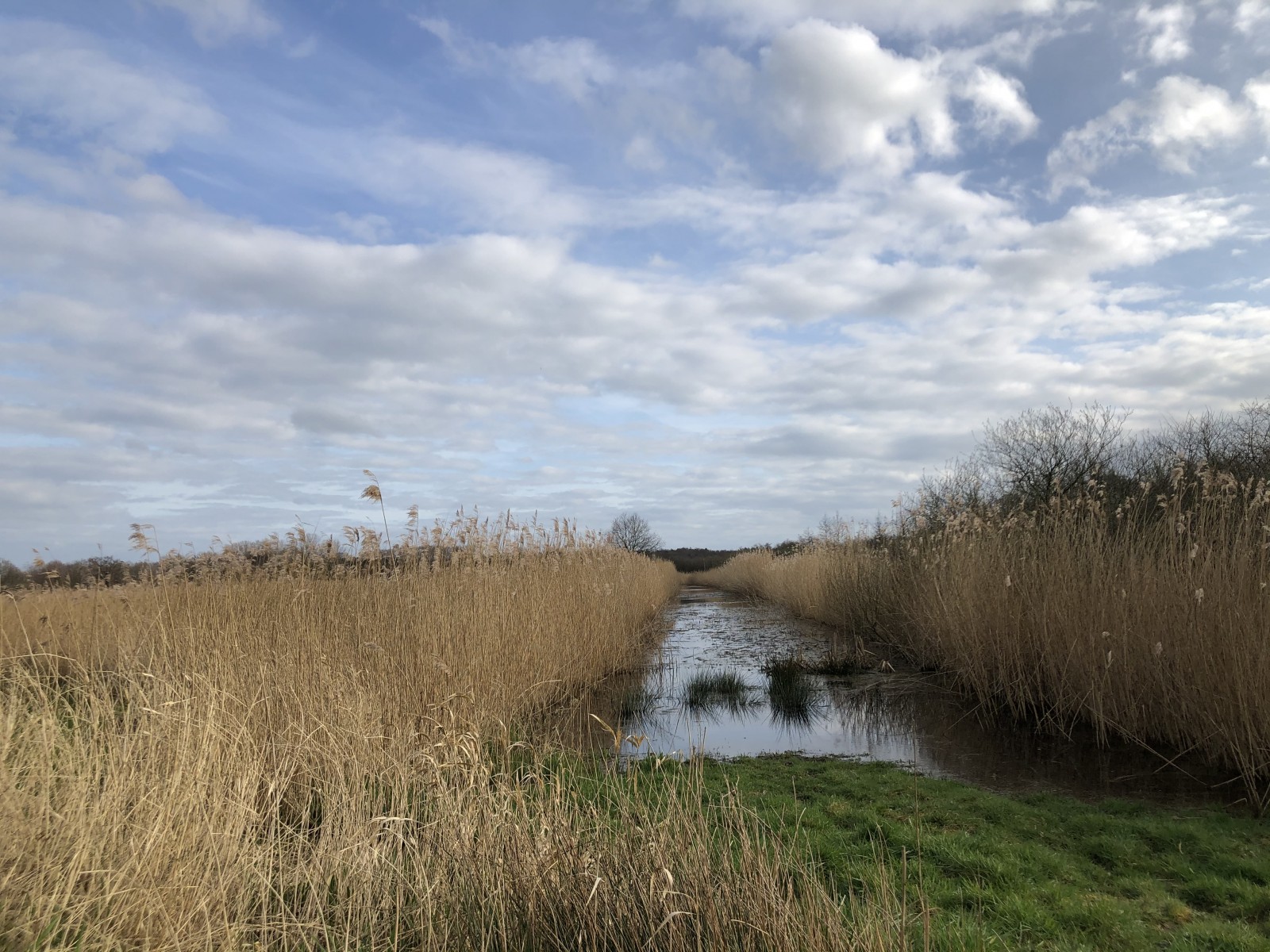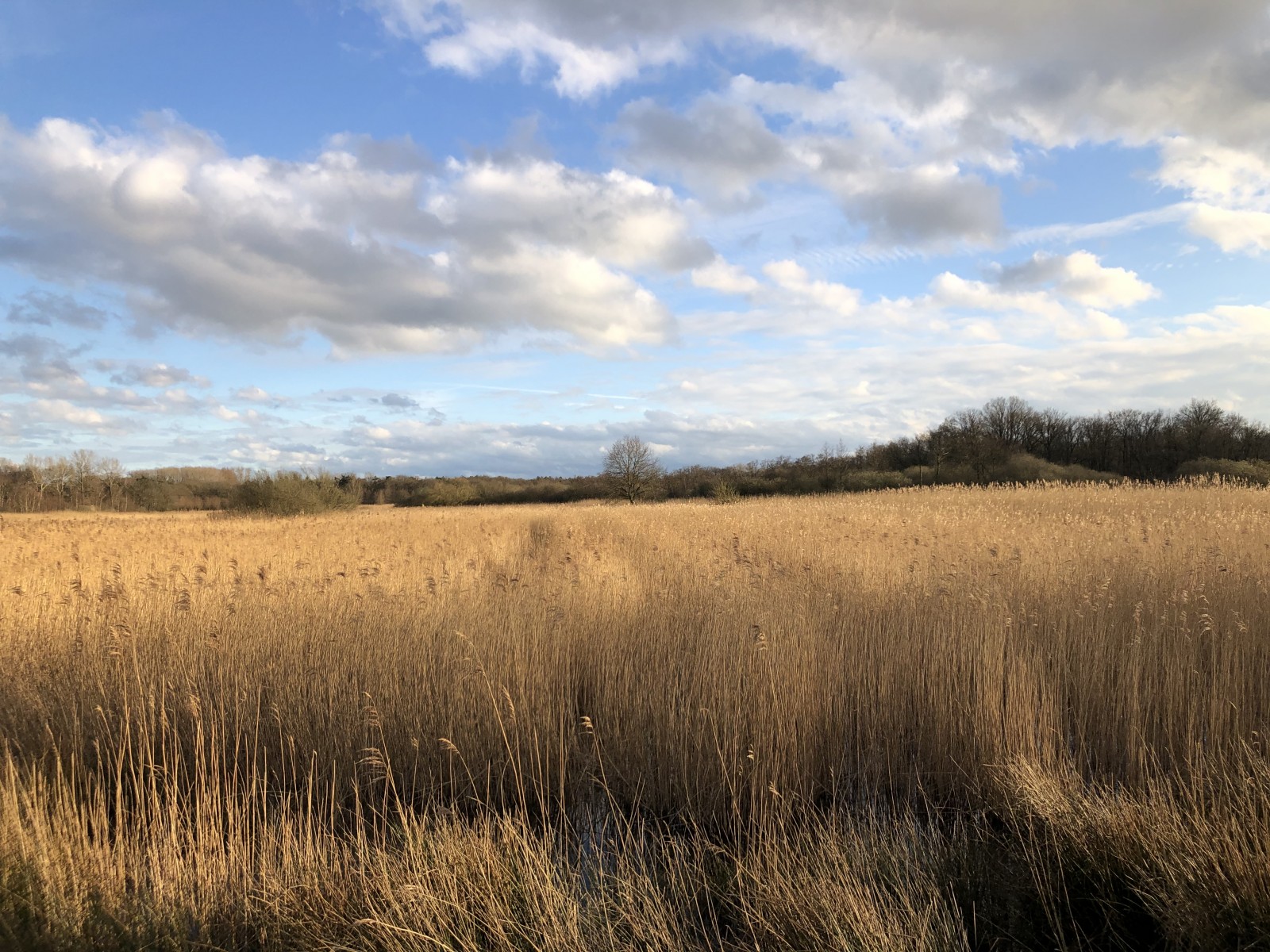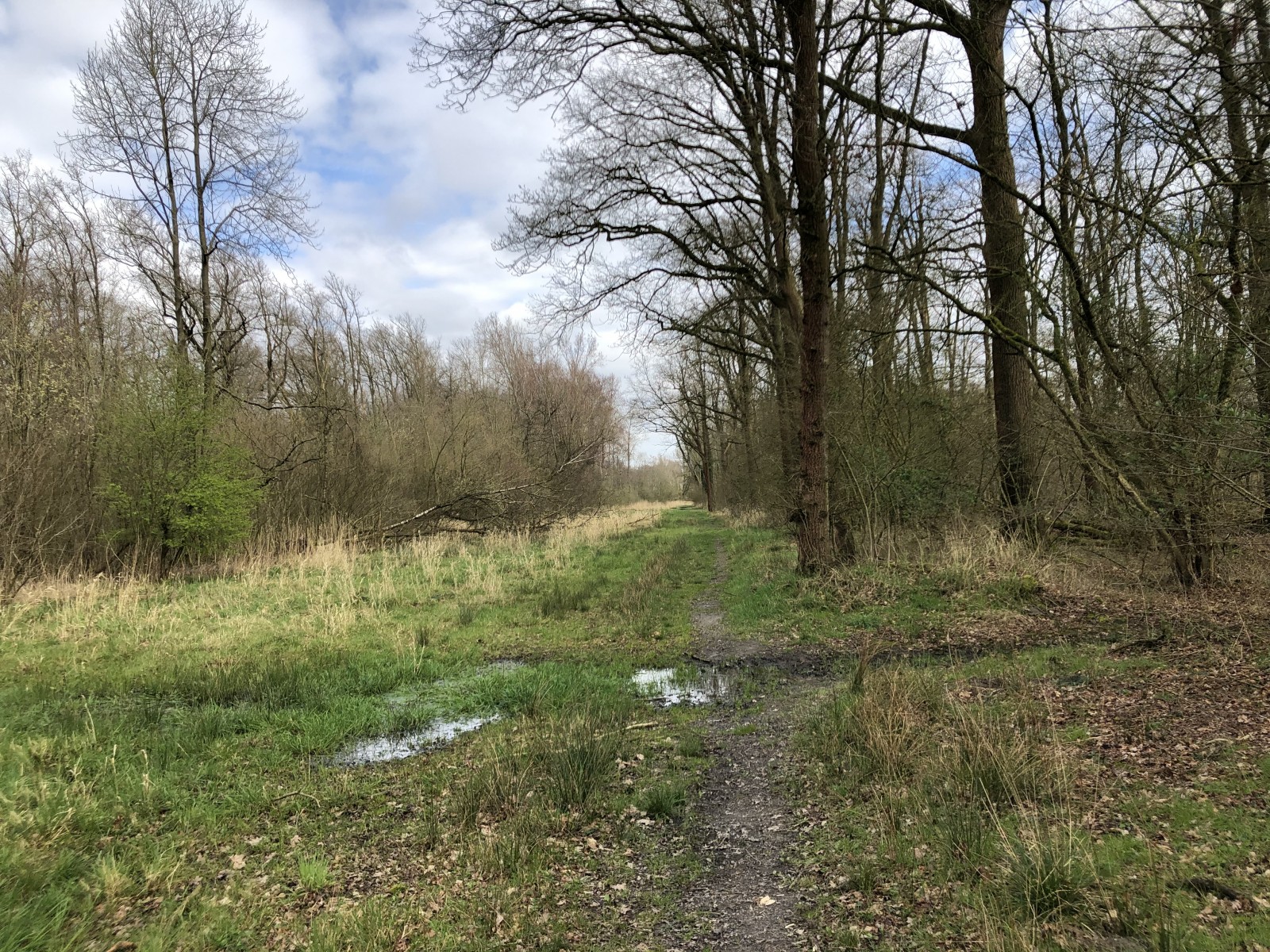Charger images
Les formats d'image autorisés sont de type jpeg, png ou gif
La taille maximale du fichier doit être de 20MB



Great and small scale marshland with many rare species, most notably 5 species of woodpecker, Butor étoilé and Panure à moustaches.
The area is very little visited and often good for many rare species, especially in spring. Some of the most noteworthy species are Butor étoilé (very regularly heard booming in the reeds), Panure à moustaches, Pic épeichette and Pic noir. The trail as shown on the map firstly leads you over a small bridge. When you've crossed the bridge there is a lake just ahead look here for ducks and geese. Follow the small dique towards the west in the direction of the reedbeds. In the first section, Bouscarle de Cetti may be heard and seen. A little further ahead scan the tops of the reeds for Panure à moustaches and keep an eye out for Gorgebleue à miroir as well, the latter especially in the scrubs fringing the canal. The reeds beyond the canal are the haunt of the extremely elusive and rare Butor étoilé, a bird that is frequently heard here in spring but very difficult to see. The best hope you have on seeing one is to be here either very early (at sunrise) or at sunset, when it may be out hunting (check the edges of the canal and the reedfringes at the lake at the start).
Continue along the trail until you reach a crossroads, just ahead is a fence, go left (into the swamp forest). The forest holds many interesting species, most notably 5 species of woodpecker: Pic épeichette, Pic mar, Pic épeiche, Pic vert and Pic noir. The best way to locate them is to listen for their distinctive call. The best place to see Pic épeichette is near the big fallen tree, just over 100 metres further ahead, that blocks the path. Another interesting species here is Autour des palombes, which nestst nearby and acts as one of the top-predators here. Climb over the treetrunk and continue. Further ahead turn left, all the while watching for woodpeckers and Gros-bec casse-noyaux. At some point (use the map) you should turn left onto a narrow path, back into the woods. follow this until you once again reach the reedbeds. This stretch of forest is excellent for finding the Pic mar. From this side you will have better views over the open water, search for ducks, grebes and geese. Apart from the birds, the area also holds one of the last dutch populations of European Tree-frog as well as many other amphibians. Among the mammals, roe deer and fox are common and so is badger. Lastly the area is famed for many rare insects and butterflies.
_________________________
Nederlands: De Brand is een groot moerasgebied met veel zeldzame soorten en 5 soorten spechten. Het gebied wordt weinig bezocht en is vaak goed voor veel zeldzame soorten, vooral in het voorjaar. Enkele van de meest opmerkelijke soorten zijn Butor étoilé (zeer regelmatig hoorbaar in het riet), Panure à moustaches, Pic épeichette en Pic noir. De wandelroute zoals aangegeven op de kaart leidt je eerst over een kleine brug. Als je de brug bent overgestoken, is er vlak voor je een meer, kijk hier voor eenden en ganzen. Volg de kleine dijk naar het westen in de richting van de rietvelden. In het eerste deel kan Bouscarle de Cetti worden gehoord en gezien. Iets verderop speur je de toppen van het riet af op zoek naar Panure à moustaches en let ook op Gorgebleue à miroir, de laatste vooral in het struikgewas langs het kanaal. Het riet achter het kanaal is de verblijfplaats van de ongrijpbare Butor étoilé, een vogel die hier in de lente vaak wordt gehoord, maar die erg moeilijk te zien is. De grootste kans om er een te zien, is om hier ofwel heel vroeg (bij zonsopgang) of bij zonsondergang te zijn, wanneer de vogel misschien aan het jagen is (controleer de randen van het kanaal en de rietranden bij het meer aan het begin).
Vervolg het pad tot je bij een kruispunt komt, net voor je is een hek, ga links (het moerasbos in). Het bos herbergt veel interessante soorten, met name 5 soorten spechten: Pic épeichette, Pic mar, Pic épeiche, Pic vert en Pic noir. De beste manier om ze te lokaliseren, is door te luisteren naar hun kenmerkende roep. De beste plaats om Pic épeichette te zien is bij de grote omgevallen boom, iets meer dan 100 meter verderop, die het pad blokkeert. Een andere interessante soort hier is Autour des palombes, die vlakbij nestelt. Klim over de boomstam en ga verder. Verderop sla je linksaf, ondertussen steeds alert zijn op spechten en Gros-bec casse-noyaux. Op een gegeven moment (gebruik de kaart) moet je linksaf een smal pad op, terug het bos in. Volg dit totdat je weer bij de rietvelden komt. Dit stuk bos is uitstekend geschikt om de Pic mar te vinden. Vanaf deze kant heb je een beter uitzicht over het open water, zoek naar eenden, futen en ganzen. Afgezien van de vogels, herbergt het gebied ook een van de Nederlandse populaties Europese boomkikker en vele andere amfibieën. Onder de zoogdieren komen reeën en vossen veel voor, evenals dassen. Ten slotte is het gebied beroemd om de vele zeldzame insecten en vlinders.
Very easily reached from Tilburg and Drunen, click on the P in the map to get directions. The walk that is shown on the map is 3,2 km.
_________________________
Nederlands: Heel gemakkelijk te bereiken vanuit Tilburg en Drunen, klik op de P in de kaart voor een routebeschrijving. De wandeling die op de kaart wordt weergegeven, is 3,2 km.
Votre feedback sera transmis à l’auteur.rice de cette zone et à l’équipe éditoriale de Birdingplaces, qui l’utiliseront pour améliorer la qualité des informations. (Vous souhaitez publier un commentaire visible en bas de page ? Fermez cette fenêtre et choisissez l’Option 1 : « Publier un commentaire, un conseil ou une observation ».)
Veuillez fournir des suggestions d'améliorations ou d'ajouts au texte de ce site ornithologique.
Veuillez fournir vos suggestions d'améliorations ou d'ajouts à la carte.
Veuillez fournir des suggestions d'améliorations ou d'ajouts à la liste des oiseaux.
Cliquez sur l'icône de l'oiseau () Insérez les noms d'oiseau dans votre langue. Ils seront automatiquement traduits pour les autres usagers !